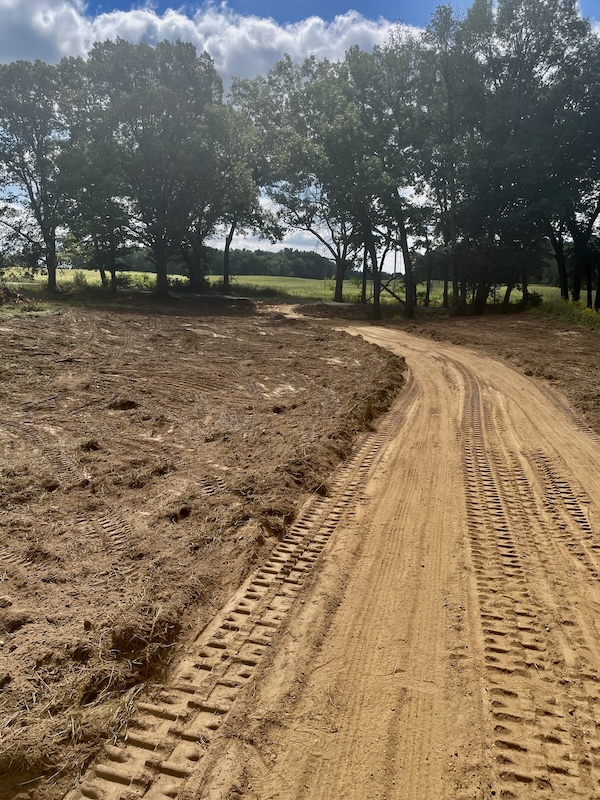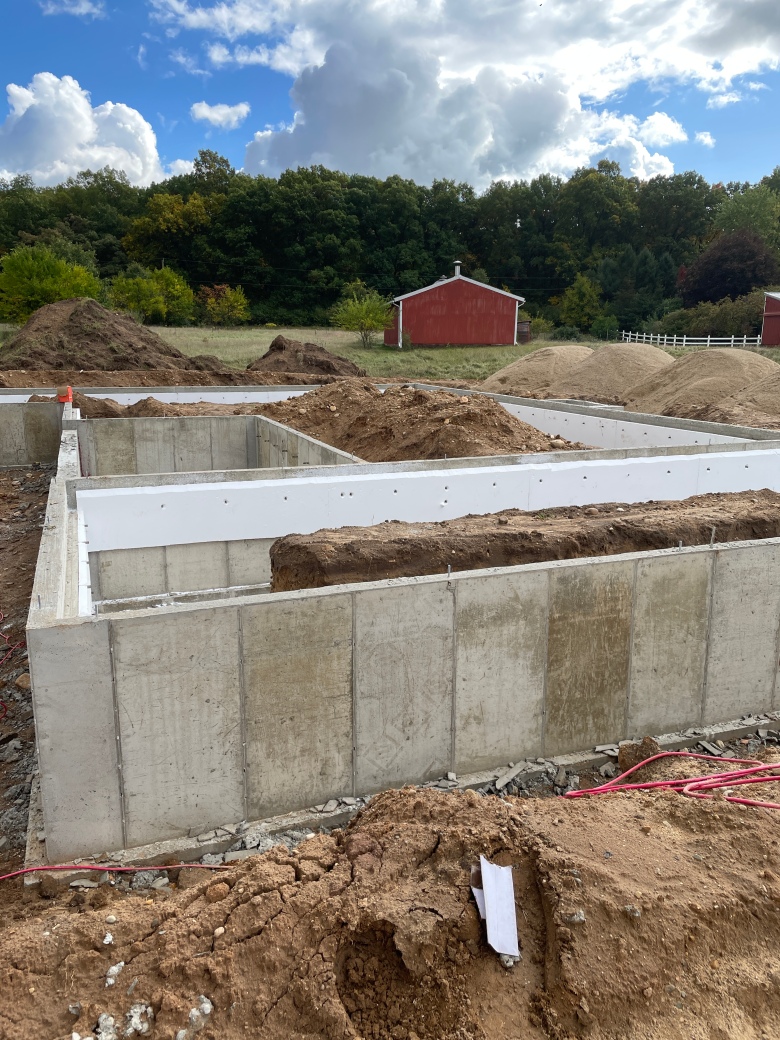As very young children we were probably all taught to color within the lines. According to my granddaughter, who’s about to graduate with a degree in education, coloring inside the lines is taught so that children develop their fine motor skills and learn to focus. The kid coloring outside the lines may be creative or just plain obstinate about following the rules. To ensure that creativity is also developed and the obstinate child gets to express their emotions in a healthy way, free hand drawing is also incorporated.
How many of us, though, never deviated from coloring inside the lines, living our lives solely within the lines of society’s rules? Living outside the lines is generally frowned upon, judged, criticized, thought to be weird or all of the above. I can’t image Jackson Pollack ever coloring inside the lines. Then, there’s Picasso who, although he colored inside the lines, gave new meaning to the shapes of the lines deviating from our normal expectation of what people and animals look like. And, let us not forget Georgia O’Keefe whose bold renditions of nature and blurring of the lines stunned the world. Ahhhh artists. But, most of us live our lives following the rules. Of course, in order for society to function we have to follow certain rules. Otherwise, life would be a chaotic mess and it’s messy enough as it is.

Retirement, however, affords a second chance at flexing our creative muscle, doing something unexpected, advocating for a cause or just being our authentic selves. After all, hopefully we developed those fine motor skills and the ability to focus a long, long time ago, played life by the rules and now we can stretch the boundaries. As I’ve aged caring about what anyone thinks of what I’m doing or saying or wearing has disappeared from my thinking. I gave up worrying about making mistakes years ago and learned to embrace them as life lessons. One life lesson was learning that the people who often criticize or judge are sometimes the ones afraid to even try. Fearful of leaving that all too cozy comfort zone, they shy away from living outside the lines.
One of my favorite sayings is by former First Lady and activist Eleanor Roosevelt, who certainly lived her life both within the bounds of her position in society while at once changing the lines around that position. She said, “Do what you feel in your heart to be right, for you’ll be criticized anyway.” And, she was. Though long dead, she is still. I’ve met people who believe to this day that she was a communist because she denounced Senator Joseph McCarthy during his Red Scare of the early 1950’s. In 1953 she also said, “No one wants real Communists let loose, but that is the work of the FBI and they did it…very satisfactorily without endangering the reputation of innocent people.” She lived by the rules only to a certain extent advocating for a free society and equal rights.
Oftentimes we convince ourselves that we can’t do something. While most people cheer me on, I’ve had others question my building a house at age 71 or building it in a country setting or going to Italy without a companion. Their questioning always, always includes the phrase, “I could never do that.” When I hear them voicing their self-imposed limitation, I always think of Henry Ford and the creation of the V-8 engine. Told by every one of his engineers the V-8 was impossible, Ford insisted they build it anyway. He once famously said, “If you think you can do a thing or think you can’t do a thing, you’re right.”
While some people live their entire lives outside the lines and accomplish extraordinary things, most of us continue doing what we learned in first grade. We live inside the lines just as we colored inside the lines. Retirement is a game changer. While we may not become a famous artist or advocate or entrepreneur, we can live the remainder of our lives outside the lines by doing the following:
1. Listen to your gut. It’s been said that our gut is the second brain. Or listen to your heart, which sends more signals to your brain than the other way around. Whatever you use to accomplish this, drill down deep within your soul and dredge up your true needs, wishes and wants. What is it that you would like to do before you die? Paint the town red if that’s what you want or at least the living room. To me, living outside the lines means being true to yourself.
2. Stop listening to what others want you to do or think or believe. I’ve heard so many people say their son, daughter, siblings, friends or even a parent thinks they shouldn’t or should do this or that. We’ve all heard the lines, “I don’t think that’s a good idea” or “I don’t think that’s in your best interest” or “If it were me, I’d do ________.” It’s not their life or their position to tell you how to live your life. If you want to do it, pretend you’re Nike and “Just Do It!”
3. Dispose of the self-imposed limitations such as telling yourself you’re too old to do whatever it is you want to do. There are men and women in my gentle yoga class in their mid to late 80’s. Some come in using a cane. They do what they can, but they are doing it. The limitation is what their aging body will allow not their minds telling them they can’t do any of it.
4. Ditch the guilt! This was a tough one for me because I was raised on guilt. Independent thinking was not family approved. So, even though I lived my life relatively independently, the gray fog of guilt occasionally drifts in as an attempt to sabotage my plans. Being conscious of this fact and where it comes from helps to forge my own path and leave the guilt behind. What am I talking about? Recently, a woman told me she felt guilty doing something because her daughter disapproved and she didn’t want to hurt her daughter’s feelings. Refer to number 2 above.
I’m going to leave you with one more quote from yet another famous person. Albert Einstein once said: “Live life to the fullest. You have to color outside the lines once in a while if you want to make your life a masterpiece. Laugh some every day, keep growing, keep dreaming, keep following your heart.” If you’re not living outside the lines, start. If you are living outside the lines, keep on doing it!
Copyright © 2024 kathysretirementblog.com – All rights reserved.












